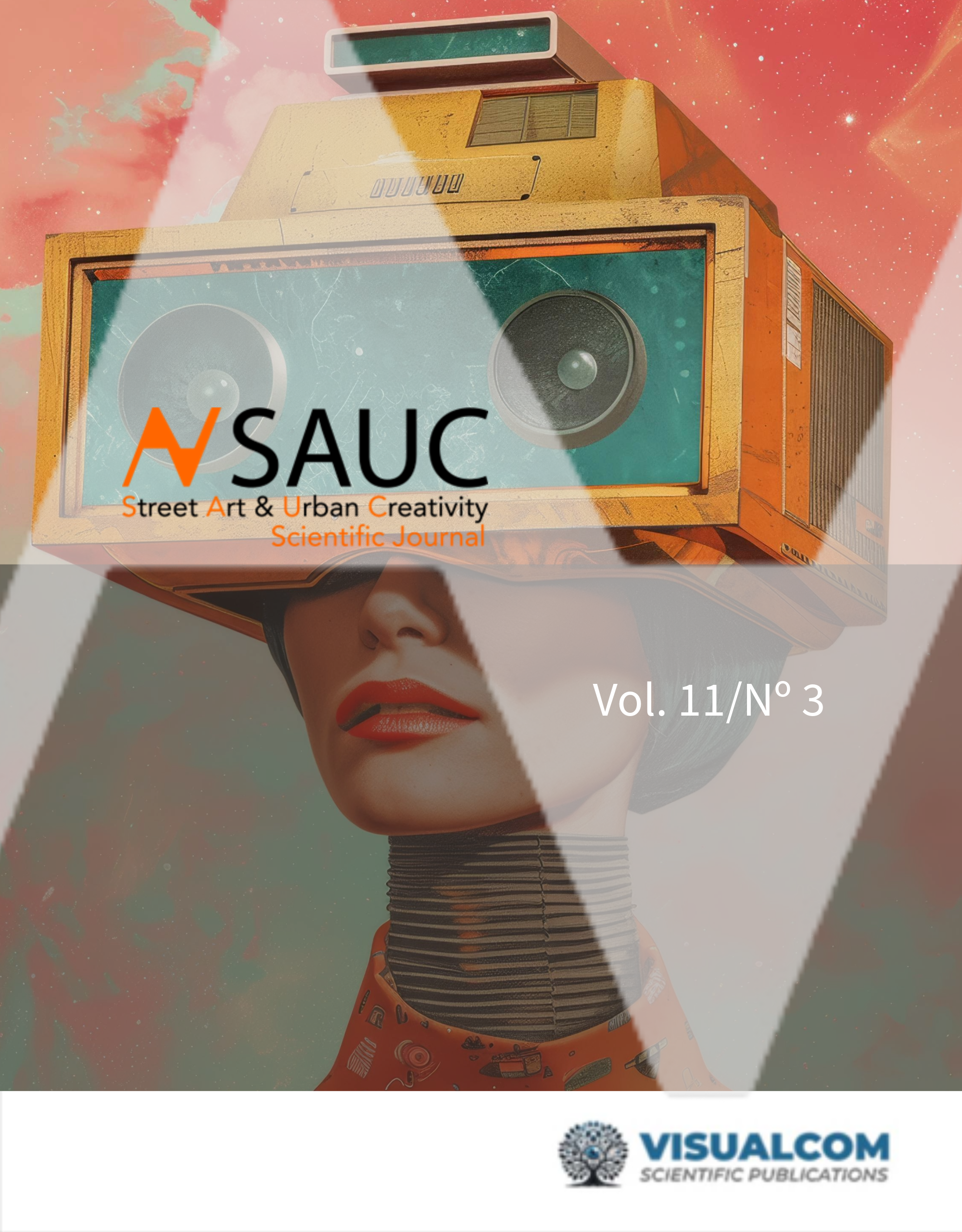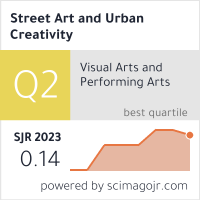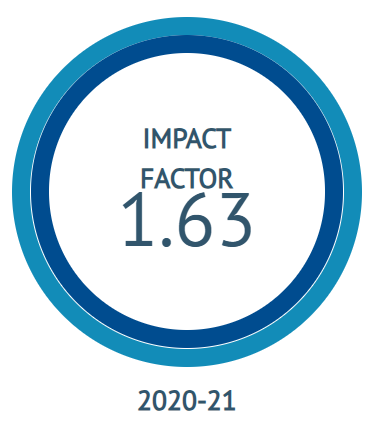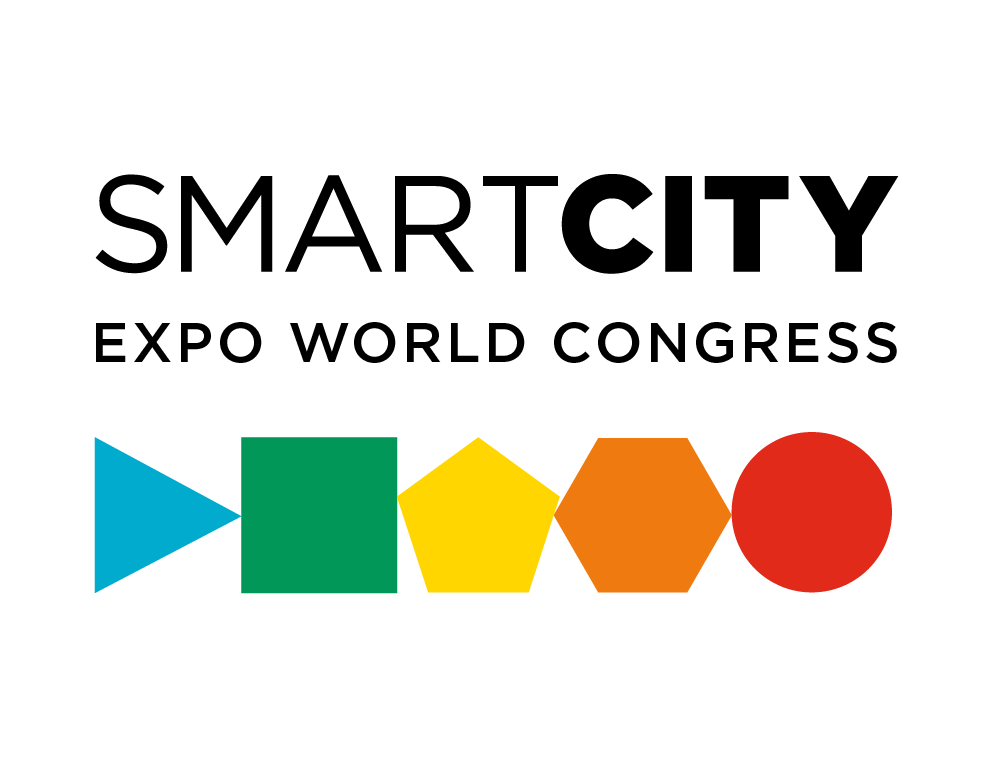Exploring University Students’ Perceptions of Public Transport in Madrid
DOI:
https://doi.org/10.62161/sauc.v11.5731Keywords:
Public transport, University students, User perception, Service quality, Environmental impact, Urban mobility, MadridAbstract
Public transportation is vital for urban life quality, particularly in high-density areas like Madrid, where university students are key users. This study examines student perceptions of Madrid’s public transport, focusing on price, service quality, comfort, security, accessibility, and environmental impact. Data from a sample of 250 students across Madrid universities was gathered in September and October 2024. IBM SPSS 27 facilitated the analysis, including frequency distributions and descriptive statistics to explore usage trends.
Results show that affordability, value, and price flexibility significantly affect student satisfaction. Service quality elements such as punctuality and cleanliness are critical for maintaining satisfaction and loyalty. Comfort factors, including seating and temperature, along with safety impact students' reliance on public transport. Accessibility by proximity and network integration encourages use, while environmental impact fosters preference for public transit over cars. Findings support targeted improvements in affordability, quality, security, and eco-friendly initiatives for sustained student use.
Downloads
Global Statistics ℹ️
|
680
Views
|
395
Downloads
|
|
1075
Total
|
|
References
Ahmed, F., Catchpole, J., & Edirisinghe, T. (2021). Understanding young commuters’ mode choice decision to use private car or public transport from an extended theory of planned behavior. Journal Transportation Research Record, 2675(3), 200-211. https://doi.org/10.1177/0361198120967936
Atombo, C., & Wemegah, T. D. (2021). Indicators for commuter’s satisfaction and usage of high occupancy public bus transport service in Ghana. Transportation Research Interdisciplinary Perspectives, 11, 100458. https://doi.org/10.1016/j.trip.2021.100458
Barajas, J. M., & Braun, L. M. (2021). Are cycling and walking good for all? Tracking differences in associations among active travel, socioeconomics, gentrification, and self-reported health. Journal of Transport & Health, 23, 101246. https://doi.org/10.1016/j.jth.2021.101246
Benoliel, M. A., Manso, M., Ferreira, P. D., Silva, C. M., & Cruz, C. O. (2021). “Greening” and comfort conditions in transport infrastructure systems: Understanding users’ preferences. Building and Environment, 195, 107759. https://doi.org/10.1016/j.buildenv.2021.107759
Chauhan, V., Gupta, A., & Parida, M. (2021). Demystifying service quality of Multimodal Transportation Hub (MMTH) through measuring users’ satisfaction of public transport. Transport Policy, 102, 47-60. https://doi.org/10.1016/j.tranpol.2021.01.004
Chen, T., Ge, Y., & Pan, H. (2021). Car ownership and commuting mode of the “original” residents in a high-density city center. Journal of transport and land use, 14(1), 105-124. https://www.jstor.org/stable/48646179
De Oña, J. (2020). The role of involvement with public transport in the relationship between service quality, satisfaction and behavioral intentions. Transportation Research Part A: Policy and Practice, 142, 296-318. https://doi.org/10.1016/j.tra.2020.11.006
Dingil, A. E., Rupi, F., & Esztergár-Kiss, D. (2021). An integrative review of socio-technical factors influencing travel decision-making and urban transport performance. Sustainability, 13(18), 10158. https://doi.org/10.3390/su131810158
Eliasson, J. (2021). Efficient transport pricing–why, what, and when?. Communications in Transportation Research, 1, 100006. https://doi.org/10.1016/j.commtr.2021.100006
Ermagun, A., & Levinson, D. (2017). Community design and travel mode choice: A structural equation modeling approach. Journal of Urban Planning and Development, 143(3), 04017015. https://doi.org/10.1061/(ASCE)UP.1943-5444.0000403
Esmailpour, J., Aghabayk, K., Aghajanzadeh, M., & De Gruyter, C. (2022). Has COVID-19 changed our loyalty towards public transport? Understanding the moderating role of the pandemic in the relationship between service quality, customer satisfaction and loyalty. Transportation Research Part A: Policy and Practice, 162, 80-103. https://doi.org/10.1016/j.tra.2022.05.023
Hörcher, D., & Tirachini, A. (2021). A review of public transport economics. Economics of transportation, 25, 100196. https://doi.org/10.1016/j.ecotra.2021.100196
Islam, M. R., & Saphores, J. D. M. (2022). An LA story: The impact of housing costs on commuting. Journal of Transport Geography, 98, 103266. https://doi.org/10.1016/j.jtrangeo.2021.103266
Jamei, E., Chan, M., Chau, H. W., Gaisie, E., & Lättman, K. (2022). Perceived accessibility and key influencing factors in transportation. Sustainability, 14(17), 10806. https://doi.org/10.3390/su141710806
Liu, C., Bardaka, E., & Paschalidis, E. (2023). Sustainable transport choices in public transit access: Travel behavior differences between university students and other young adults. International Journal of Sustainable Transportation, 17(6), 679-695. https://doi.org/10.1080/15568318.2022.2084656
McGreevy, M. (2021). Cost, reliability, convenience, equity or image? The cases for and against the introduction of light rail and bus rapid transit in inners suburban Adelaide, South Australia. Case Studies on Transport Policy, 9(1), 271-279. https://doi.org/10.1016/j.cstp.2021.01.001
Mwale, M., Luke, R., & Pisa, N. (2022). Factors that affect travel behaviour in developing cities: A methodological review. Transportation Research Interdisciplinary Perspectives, 16, 100683. https://doi.org/10.1287/trsc.2014.0544
Observatorio de la Movilidad Metropolitana. (2023). Resumen de la movilidad en la Comunidad de Madrid 2022-2023. Consorcio Regional de Transportes de Madrid. https://www.crtm.es/media/axgptz2n/crtm-memoria2023-web.pdf
O’Driscoll, C., Crowley, F., Doran, J., & McCarthy, N. (2024). How the relationship between socio-demographics, residential environments and travel influence commuter choices. Regional Studies, 58(3), 636-653. https://doi.org/10.1080/00343404.2023.2199779
Rahman, F. (2022). Exploring paratransit service quality based on low-income women's perception: A case study in Dhaka city by structural equation model (SEM). IATSS Research, 46(2), 181-192. https://doi.org/10.1016/j.iatssr.2021.11.009
Rasca, S., & Saeed, N. (2022). Exploring the factors influencing the use of public transport by commuters living in networks of small cities and towns. Travel Behaviour and Society, 28, 249-263. https://doi.org/10.1016/j.tbs.2022.03.007
Ribeiro, P. J., & Fonseca, F. (2022). Students’ home-university commuting patterns: A shift towards more sustainable modes of transport. Case studies on transport policy, 10(2), 954-964. https://doi.org/10.1016/j.cstp.2022.03.009
Sogbe, E., Susilawati, S., & Pin, T. C. (2024). Scaling up public transport usage: a systematic literature review of service quality, satisfaction and attitude towards bus transport systems in developing countries. Public Transport, 1-44. https://doi.org/10.1007/s12469-024-00367-6
Sukhov, A., Olsson, L. E., & Friman, M. (2022). Necessary and sufficient conditions for attractive public Transport: Combined use of PLS-SEM and NCA. Transportation Research Part A: Policy and Practice, 158, 239-250. https://doi.org/10.1016/j.tra.2022.03.012
Wang, F. Y., Lin, Y., Ioannou, P. A., Vlacic, L., Liu, X., Eskandarian, A., ... & Olaverri-Monreal, C. (2023). Transportation 5.0: The DAO to safe, secure, and sustainable intelligent transportation systems. IEEE Transactions on Intelligent Transportation Systems, 24(10). https://doi.org/10262-10278. 10.1109/TITS.2023.3305380
Watthanaklang, D., Jomnonkwao, S., Champahom, T., & Wisutwattanasak, P. (2024). Exploring accessibility and service quality perceptions on local public transportation in Thailand. Case Studies on Transport Policy, 15, 101144. https://doi.org/10.1016/j.cstp.2023.101144
Wolday, F. (2023). The effect of neighbourhood and urban center structures on active travel in small cities. Cities, 132, 104050. https://doi.org/10.1016/j.cities.2022.104050
Downloads
Published
How to Cite
Issue
Section
License
Copyright (c) 2025 Authors retain copyright and transfer to the journal the right of first publication and publishing rights

This work is licensed under a Creative Commons Attribution-NoDerivatives 4.0 International License.
Those authors who publish in this journal accept the following terms:
-
Authors retain copyright.
-
Authors transfer to the journal the right of first publication. The journal also owns the publishing rights.
-
All published contents are governed by an Attribution-NoDerivatives 4.0 International License.
Access the informative version and legal text of the license. By virtue of this, third parties are allowed to use what is published as long as they mention the authorship of the work and the first publication in this journal. If you transform the material, you may not distribute the modified work. -
Authors may make other independent and additional contractual arrangements for non-exclusive distribution of the version of the article published in this journal (e.g., inclusion in an institutional repository or publication in a book) as long as they clearly indicate that the work was first published in this journal.
- Authors are allowed and recommended to publish their work on the Internet (for example on institutional and personal websites), following the publication of, and referencing the journal, as this could lead to constructive exchanges and a more extensive and quick circulation of published works (see The Effect of Open Access).













